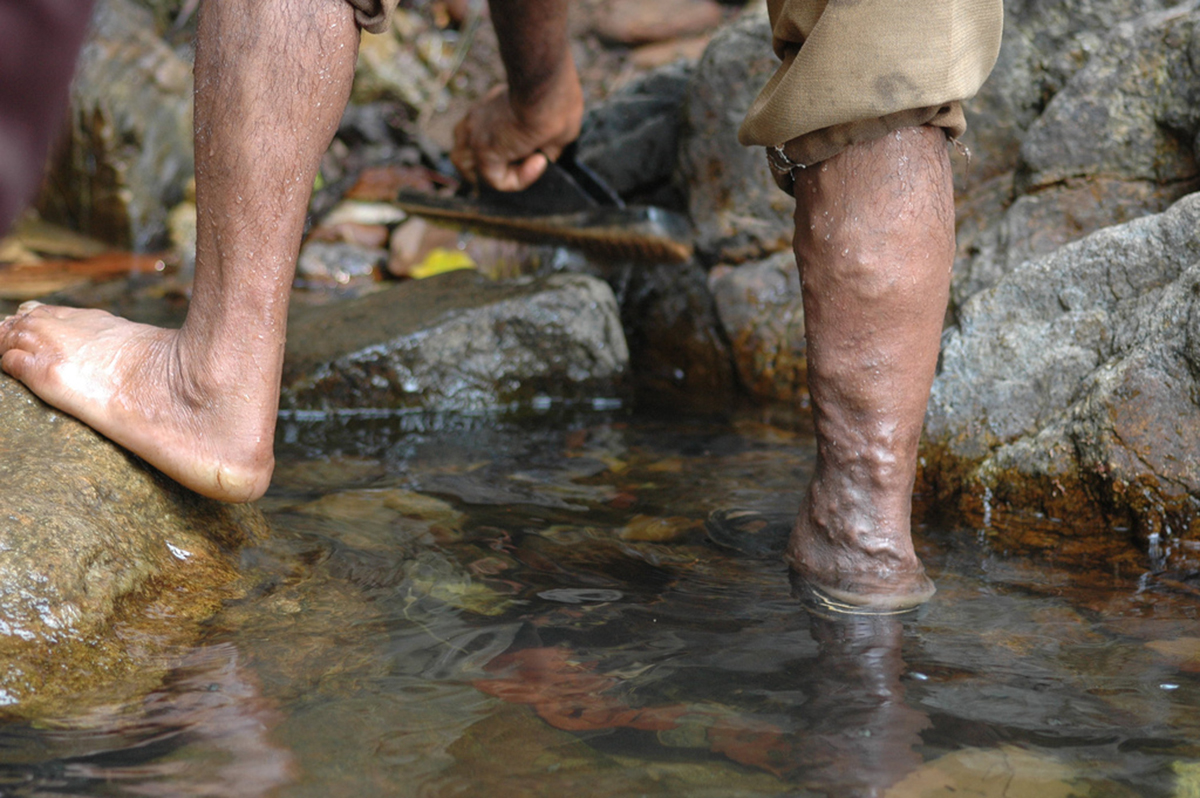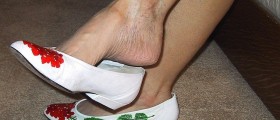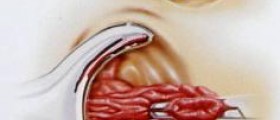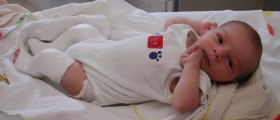
Sclerotherapy as the method of treatment
One of the ways in which the problem of varicose and spider veins can be treated is sclerotherapy. It is a very effective medical procedure, which consists of injecting a solution directly into the problematic vein or blood vessel. The injected solution affects the lining of the vessel, making it swell and stick together, while the blood clots and the vessel becomes the scar tissue, and eventually fades. It depends on the size of the veins and their location how many of them will be treated over one session, though a patients general health also affects that decision. As for the efficiency of this method of treatment, it has been proven that at least 50% of the treated veins will be eliminated during one session in the majority of the cases, though it is necessary to be aware of the fact that veins may need from 3 weeks to even 4 months to react to sclerotherapy. Still, it does not mean that after the treatment, new veins will not appear.
Are there any side effects of sclerotherapy?
Even though this method of the treatment has proven to be very successful and effective, there are some side effects that are possible, and patients who are thinking of undergoing such a procedure should be informed about all of them in advance. To begin with, mild bruising of the treated area is one of the most commonly reported symptoms, but that is not at all unusual after the treatment. It is important for the patient not to stand or sit too long after the procedure, and it is highly recommended to walk in order to prevent blood clotting. Once the compression bandages are removed, and they are inevitable since the veins must be wrapped after the procedure, it is possible for brown lines or spots to appear at places of injection, but they will disappear in a few months in the majority of the cases. Still, it is not impossible that some of them will remain permanent.
Other side effects include inflammation, swelling of the leg, formation of ulcers at the injection site, and allergic reaction to the injected solution. Also, it is possible that some veins will not be eliminated but that is the risk that every patient is well awareof.
In order to avoid possible complications, the patients are advised to avoid hot baths after this procedure, to wear compression stockings, and to avoid sunlight, jogging, swimming and similar activities at least 2 weeks after the treatment.
Anti-inflammatory medication and pain relievers may be needed for the first 48 hours after the treatment, in order to reduce pain and inflammation.

















Your thoughts on this
Loading...